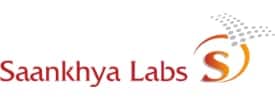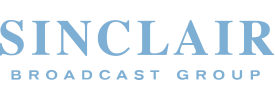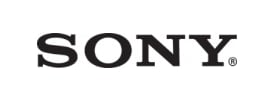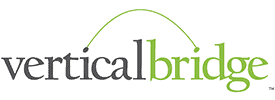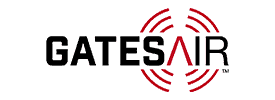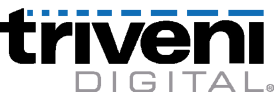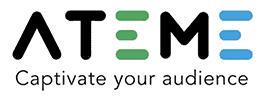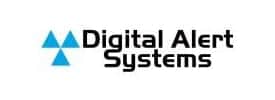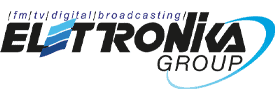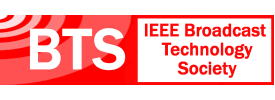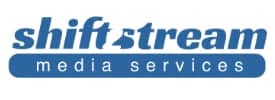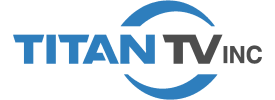- About
- Members
- Sponsors
- Subcommittees
- Technical Documents
- News
- Events
- Spotlight ATSC 3.0
- Contact Us
- Member Login
- Member Meetings
- Advanced Search
Search Site
Member Links
- About
- Members
- Sponsors
- Subcommittees
- Technical Documents
- News
- Events
- Spotlight ATSC 3.0
- Contact Us
- Member Login
- Member Meetings
- Advanced Search
A/85, Techniques for Establishing and Maintaining Audio Loudness for Digital TelevisionApproved: 11 February 2021
This Recommended Practice provides guidance to broadcasters and creators of audio for high-definition (HD) or standard-definition (SD) television content. It recommends production, distribution, and transmission practices needed to provide the highest quality audio soundtracks to the digital television audience. This RP focuses on audio measurement, production, and postproduction monitoring techniques, and methods to effectively control loudness for content delivery or exchange. It recommends methods to effectively control program-to-interstitial loudness, discusses metadata systems and use, and describes modern dynamic range control.
Download A/85:2013, “Techniques for Establishing and Maintaining Audio Loudness for Digital Television”, approved 12 March 2013.
Download A/85:2013 Corrigendum No. 1, “SPL”, approved 11 February 2021.
A/85 French Translation
The French translation of “ATSC Recommended Practice: Techniques for Establishing and Maintaining Audio Loudness for Digital Television (A/85)” is provided as a convenience. The translation has not been approved by the ATSC. Implementers of the Recommended Practice are urged to confirm the details in the official version of A/85.
La traduction française de la Pratique recommandée par l’ATSC : Techniques d’établissement et de maintien de l’intensité sonore pour la télévision numérique (A/85) est offerte à des fins de courtoisie. La traduction n’a pas été approuvée par l’ATSC. Les responsables de la mise en œuvre de la Pratique recommandée doivent confirmer les détails de la version officielle de l’A/85. Pratique recommandée par l’ATSC : Techniques d’établissement et de maintien de l’intensité sonore pour la télévision numérique.
Subscribe to our Newsletter
Subscribe to The Standard, our monthly newsletter, to stay up-to-date with ATSC news and events around the world.
Site Links
Contact Us
Advanced Television Systems Committee, Inc.
1300 I Street NW, Suite 400E
Washington, DC 20005
Do you have questions about ATSC?
About ATSC
The Advanced Television Systems Committee, Inc., is an international, non-profit organization developing voluntary standards and recommended practices for digital terrestrial broadcasting. ATSC member organizations represent the broadcast, broadcast equipment, motion picture, consumer electronics, computer, cable, satellite, and semiconductor industries. ATSC also develops digital terrestrial broadcasting implementation strategies and supports educational activities on ATSC standards.
© 2024 ATSC








